Winter weather can be insanely harsh on your skin. Little wonder fireplaces are an essential part of any house during this icy period. But despite the insane levels of heat generated within, the external frigid winter can still wreak havoc on your chimney.
Over several decades, our experts at Master Caps have studied and figured out the negative impact icy winter can have on your chimney. And in this article, we explore some of them.
But first, it’s essential to understand how ice affects the chimney.
How Does Ice Affect the Chimney?
Various components of the chimney exterior are built to keep water out – from the chimney crown (that prevents moisture from getting between the chimney flue and exterior masonry) to the chimney cap. The metal flashing also provides a waterproof barrier between the roof and chimney.
However, the brick and mortar of your chimney are porous substances. This is important because it ensures dangerous gases can escape your chimney. But at the same time, these pores also allow moisture in.
During the cold winter, this absorbed moisture freezes and expands, pushing apart the internal structure of the brick and mortar. On the other hand, the heat from the chimney melts the ice, leaving behind spaces created by prior freezing. The repeated process of freezing and thawing results in growing gaps until significant damage is done.
Damages Icy Winter Cause on your Chimney
- Deteriorating mortar
As noted earlier, the freezing and thawing of moisture within the brick and mortar gradually weakens its structural integrity. With time, the bricks begin to collapse. And when that happens, bigger gaps are created, which allows more moisture to enter the chimney, leading to faster deterioration.
- Spalling
Spalling occurs when fragments of material are broken off a larger solid body. The freezing and thawing of moisture in chimney bricks also produce spalls. You may even notice these fragments around the chimney or on the ground below the chimney.
- Staining or efflorescence
Efflorescence is a crystalline deposit of salts that can form when water is present in or on brick and other building surfaces. They are typically white, green, brown, or yellow, creating salt deposition after water evaporation.
If there are soluble salts within your masonry and enough moisture dissolves the salt, these salt deposits may be formed after the water evaporates through the bricks.
- Unwanted critters
Just as humans yearn for warmth during the cold winters, animals are also looking for warm places they can reside. Do not be surprised if a raccoon, skunk, or other wildlife starts living in your chimney if no cap is present. Asides from leaving lots of droppings, these animals can also wreak several other damages.
How to Protect Your Chimney in the Icy Winter
- Waterproof your chimney
As noted earlier, masonry chimneys are usually porous to allow dangerous gases out. Special waterproofing materials can be used to prevent moisture from getting into the brick without compromising its ability to let harmful gases out.
- Install a chimney cap
It’s simply common sense to have a chimney cap installed. But more importantly, inspect your chimney cap to ensure it is not damaged or vulnerable. That way, you can prevent moisture and wild critters from entering.
- Install a cricket
Cricket is a compact diversion roof that prevents a deluged chimney. They are usually used to protect chimneys on the low side of the roof or chimneys on a steep roof.
- Regular inspections and repairs
It is crucial to inspect your chimney regularly. That way, you can quickly pick up on cracks or gaps in the mortar joints and fix them before they become severe.
Wrap Up
Nothing else you do to prevent chimney damage from the icy winter will matter without a chimney cap. Contact us today at Master Caps for the best chimney caps that will permanently keep moisture out.

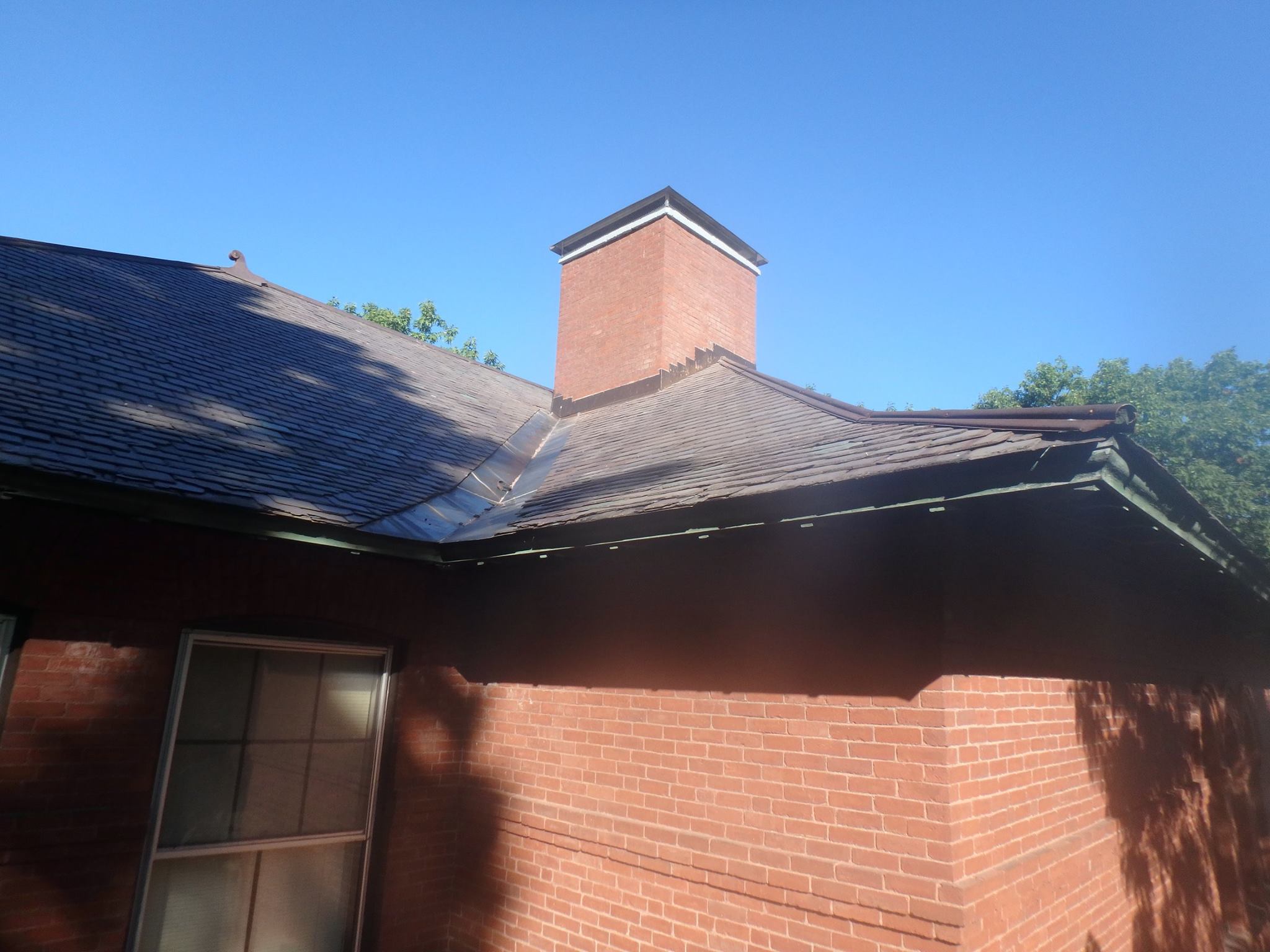
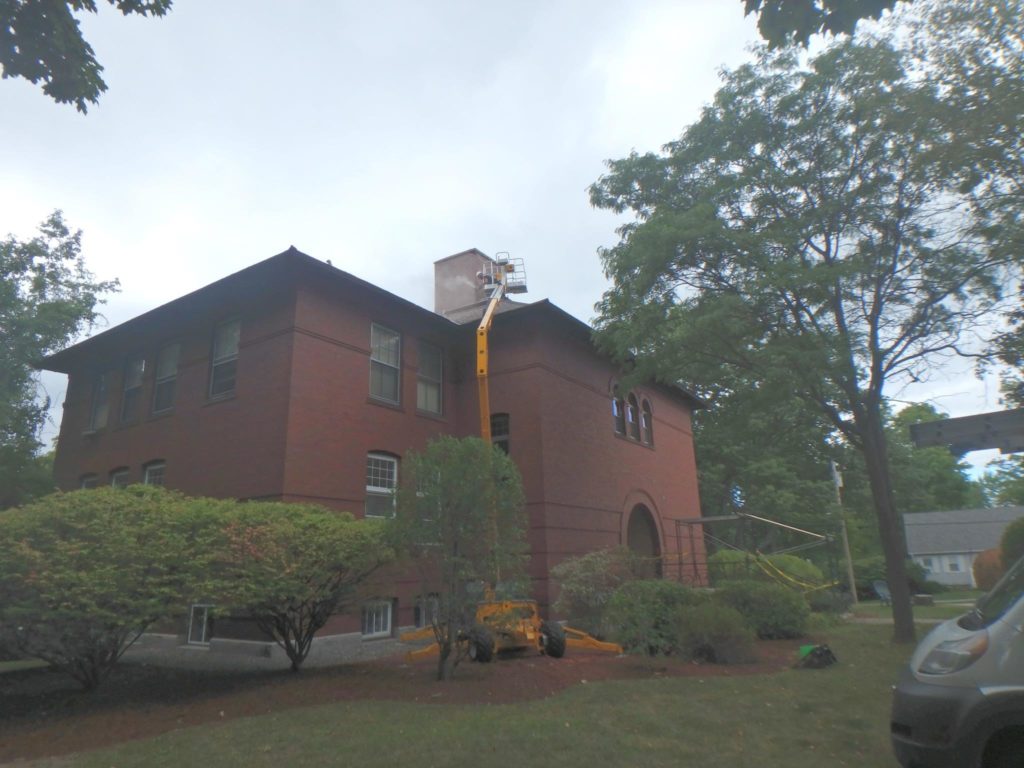
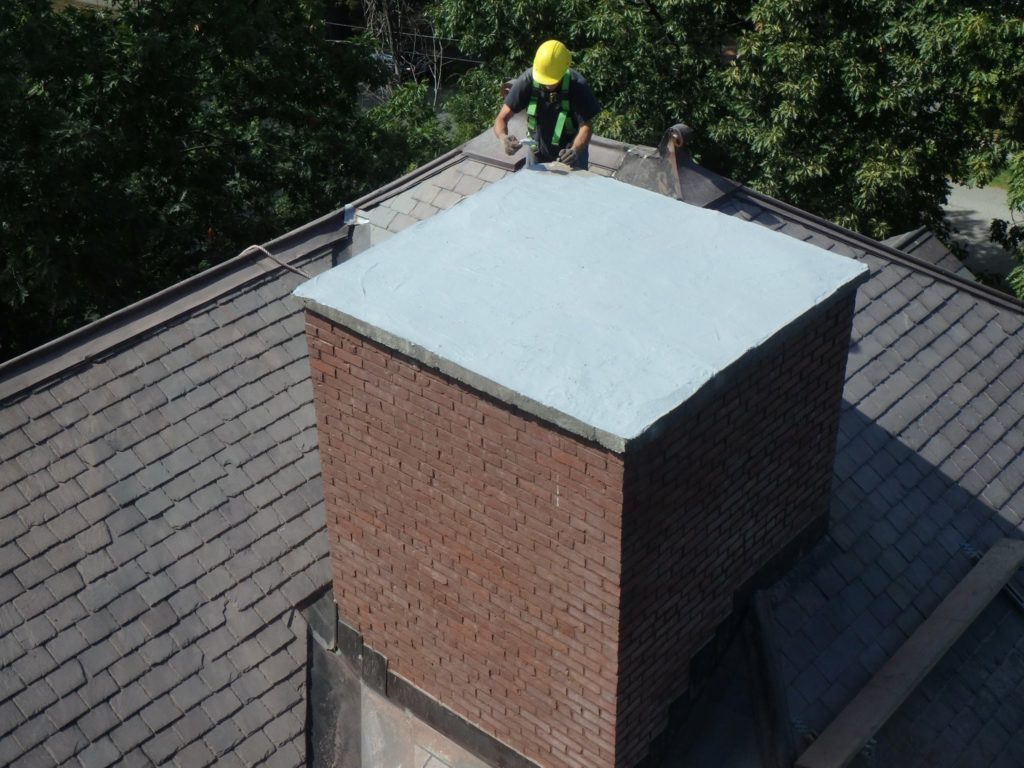
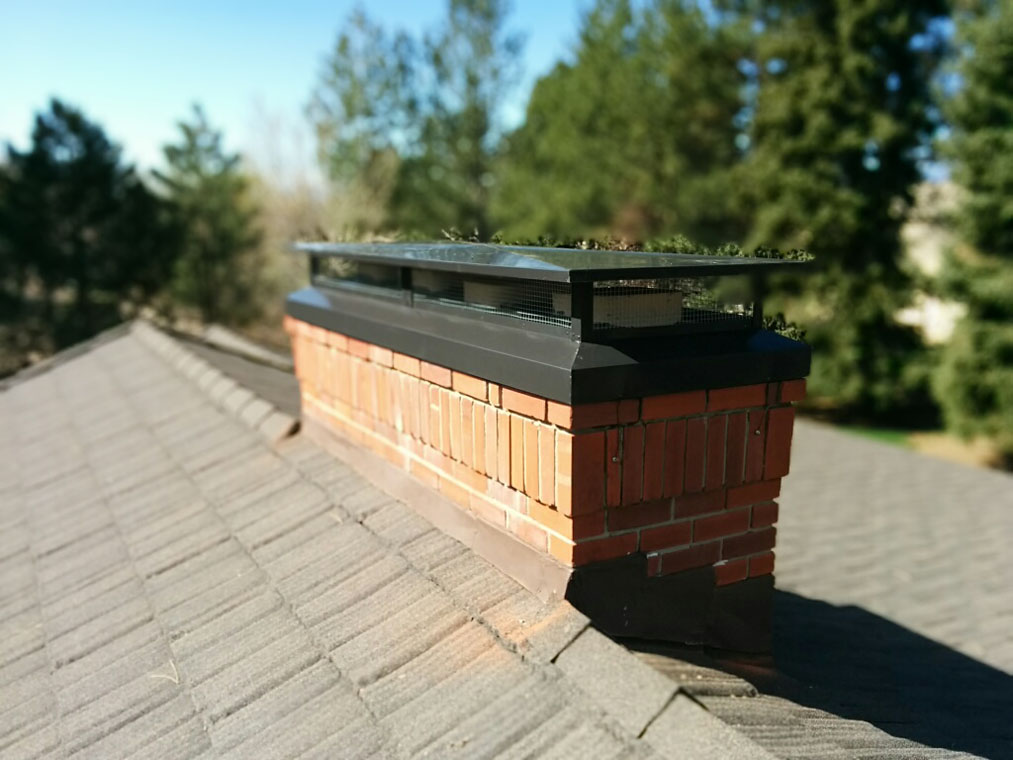
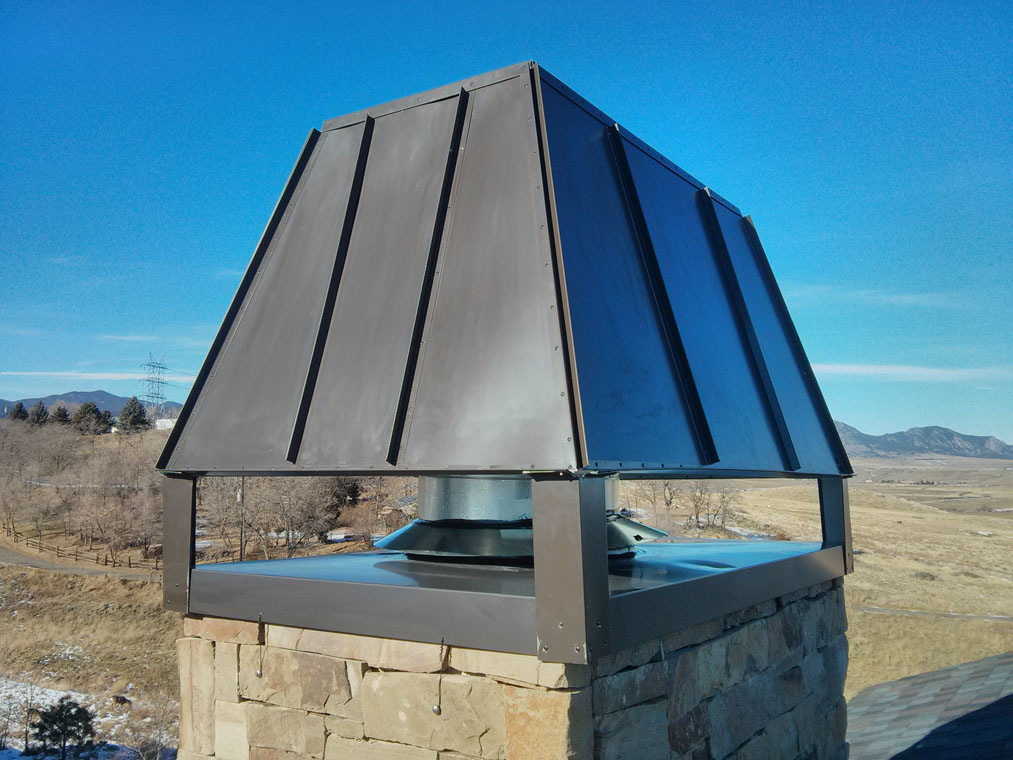
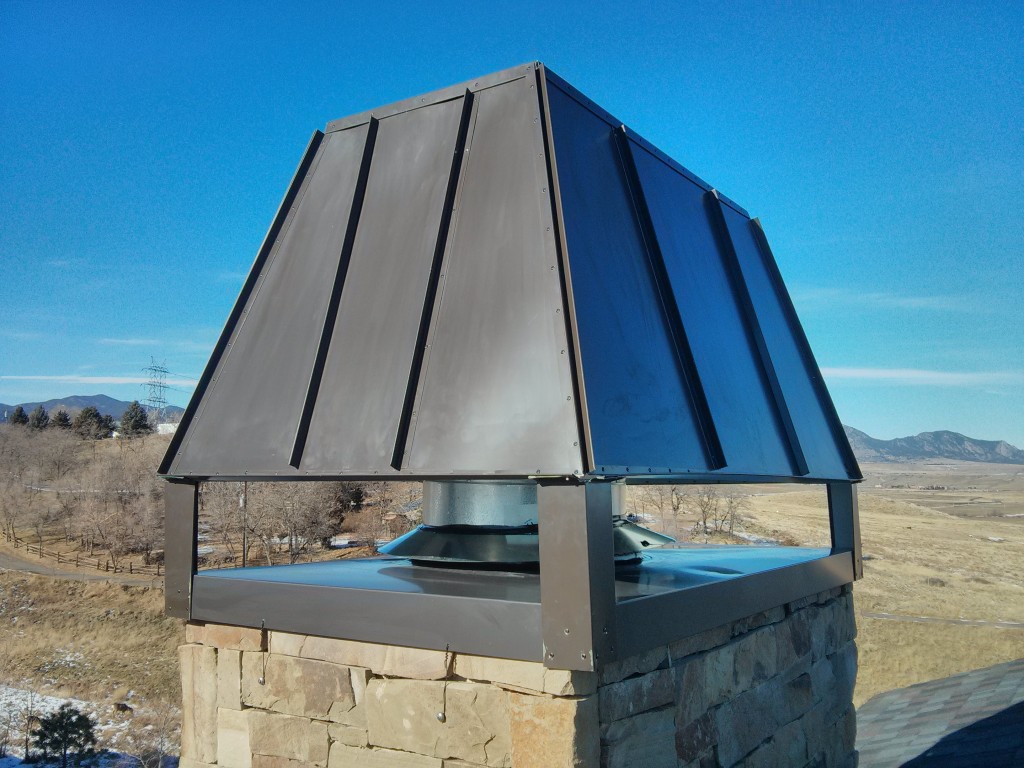
About The Author: Chad murray
More posts by chad murray